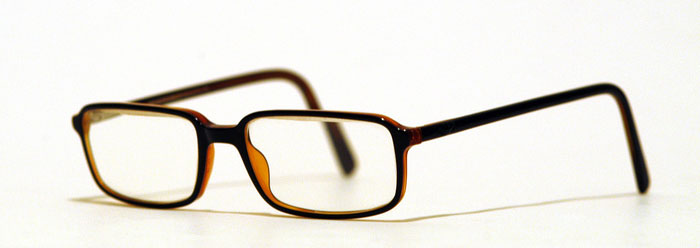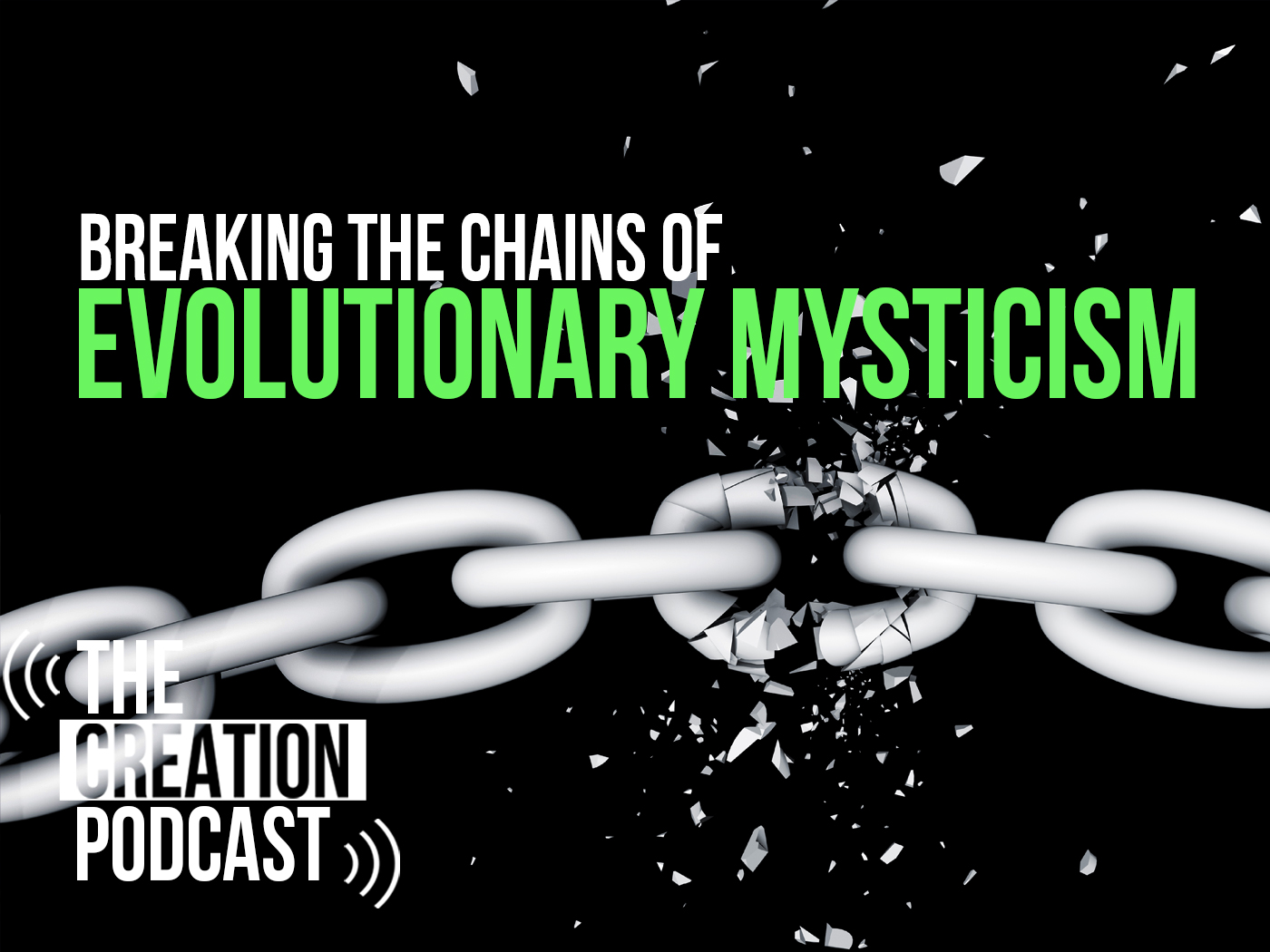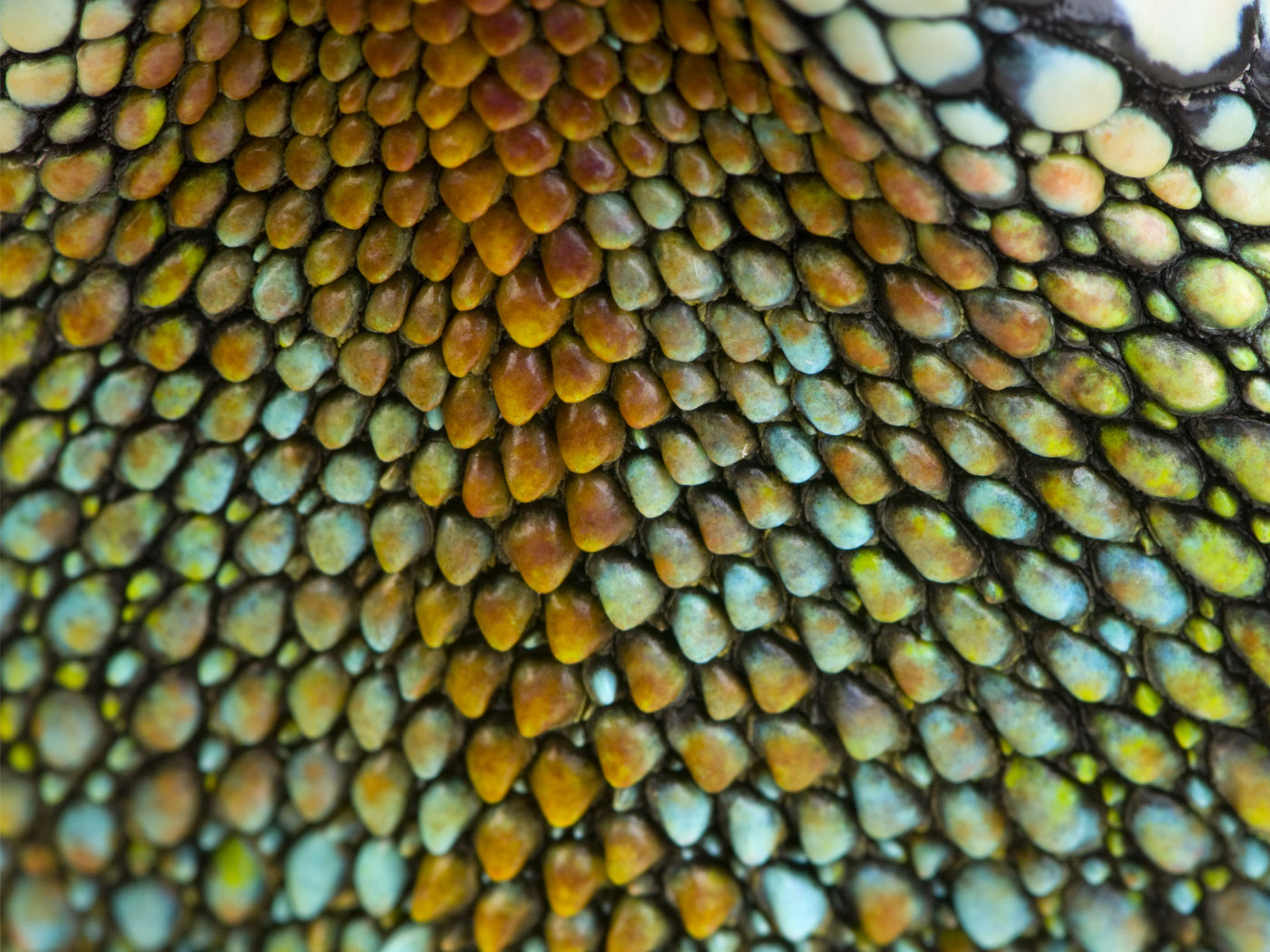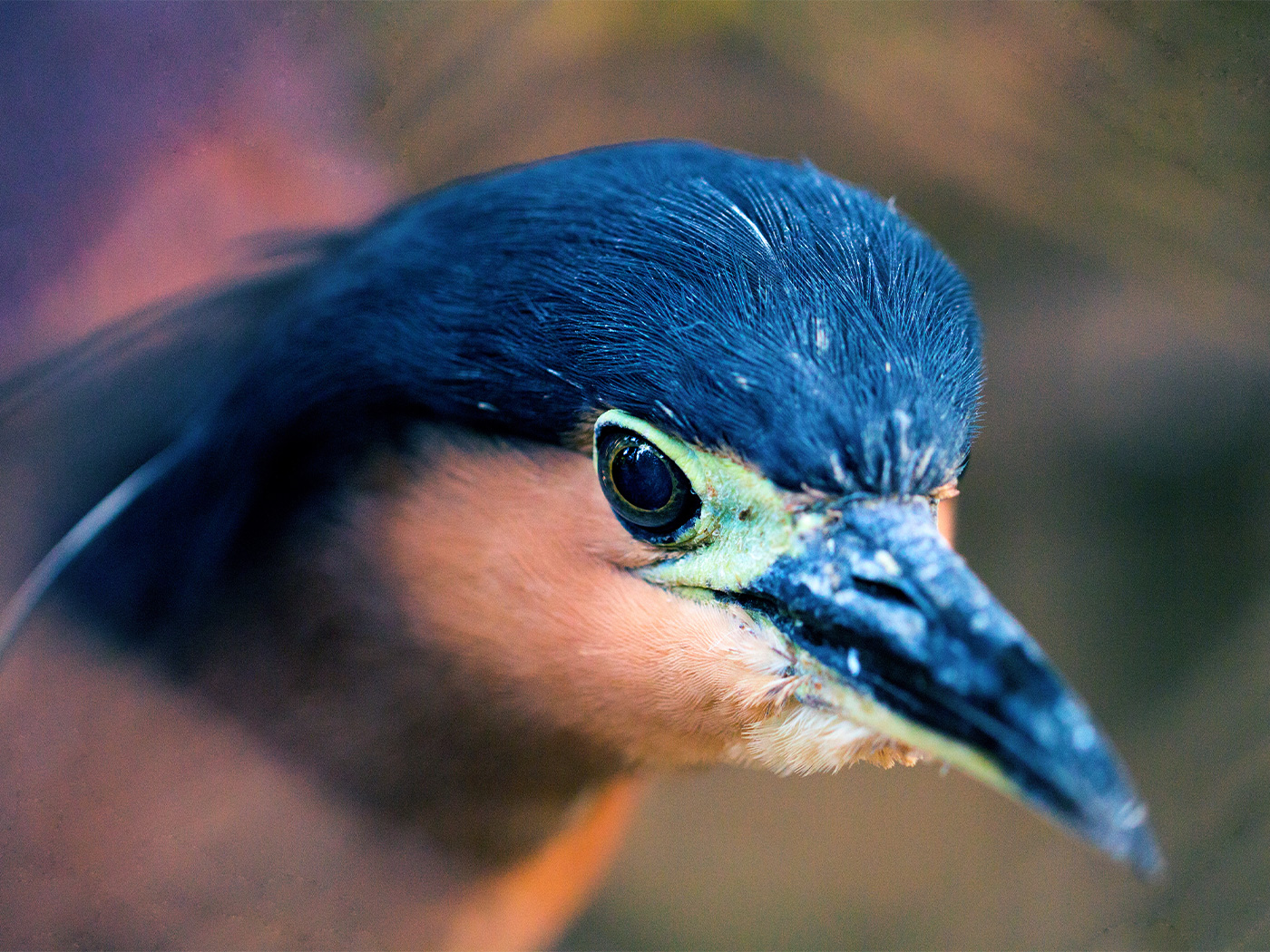The eye is an amazing organ. It enables an organism to translate light into electro-chemical impulses that the brain can assemble into "images" of the world around it. Many types of eyes are known in the living world, and a new study describes one of the most intriguing eye designs yet to be uncovered.
Charles Darwin wrote in 1859, "To suppose that the eye, with all its inimitable contrivances for adjusting the focus to different distances, for admitting different amounts of light, and for the correction of spherical and chromatic aberration, could have been formed by natural selection, seems, I freely confess, absurd in the highest possible degree."1 Afterward, however, he tried to defend that very premise, not with evidence, but by telling a story about how small changes could add up and "build" an eye.
But Darwin was not aware of the over two dozen different, yet fully formed, basic eye designs found in the living world. Each additional ocular design--whether it is reflective or refractive, has one or more lenses, etc.--only adds to the number of completed structures that "natural selection" could not have "formed."2 Such is the case with the latest design. Researchers found it to be so well-formed that they echoed Darwin's doubt about nature's supposed power to have produced it.
The University of Cincinnati scientists found two separate retinas in some of the eyes of an aquatic larval stage of the sunburst diving beetle. The retina is a thin membrane made up of cells that capture light photons. The input from all those cells is combined to form an image. At this stage in life, the beetle larva has twelve eyes. But the four primary eyes aim forward, serving to form clear images that enable the creature to hunt underwater.
These beetle larvae actually form two images in each of their four primary eyes, making this "the first demonstration of truly bifocal lenses in the extant animal kingdom."3 Moreover, each image complements the other. Its unique eyesight enables the larvae to become expert hunters of mosquito larvae, as shown in an online video on the University of Cincinnati website.
The study, published in the journal Current Biology, showed that the unique "design" of these eyes included a "precise location of the two optical centers in relation to their respective apertures," so that it could "focus far and near objects in individual retinas" at the same time.4 Further, its structure corrects for spherical aberration, making the image contrast three times greater than manmade bifocal eyeglass lenses.
Lead author Annette Stowasser said in a university news article, "It was my first research project, and I seriously thought I made a mistake, and then we did additional research to try to kill the hypothesis."3 Through the course of trying to disprove the apparent, but incredible, idea that these larvae see with bifocals, the researchers experimentally ruled out alternative possibilities, including astigmatism, spherical aberration, and multifocal lenses.
But what would lead Stowasser to think she had made a mistake and not expect to see such high design? Is it because the evolution that was inevitably a core element of her education failed to predict novel, exquisite, fully functional organs that could not possibly have been built by iterative small additions?
If living creatures today are the descendants of intentional creations of God, then one can expect to discover technologies that, as in the case of the beetle bifocals, are superior even to mankind's similar inventions.
The specific design parameters that this team identified as being responsible for this tiny hunter's unique vision were so fine-tuned that even a subtle alteration would jeopardize its ability to see, and therefore endanger its life. Its eyes with all their components and specifications had to have been formed all at once. Only through the lens of creation thinking do wonders like this one make sense.
References
- Darwin, C. 1909. On the Origin of Species by Means of Natural Selection, or The Preservation of Favoured Races in the Struggle for Life. London: Cassell and Company, 172.
- Thomas, B. Fish's Mirror Eyes Reflect the Creator. ICR News. Posted on icr.org January 15, 2009, accessed August 26, 2010.
- Fuller, D. WATCH: UC Researchers Gain Focus on a Bug with Bifocals. University of Cincinnati News. Posted on uc.edu August 23, 2010, accessed August 26, 2010.
- Stowasser, A. et al. 2010. Biological Bifocal Lenses with Image Separation. Current Biology. 20 (16): 1482-1486.
* Mr. Thomas is Science Writer at the Institute for Creation Research.
Article posted on August 30, 2010.















